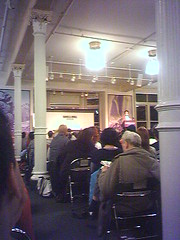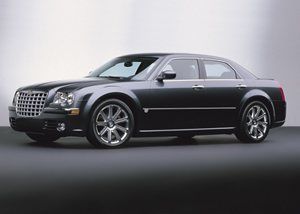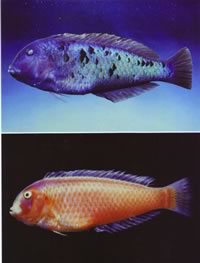The Clay Shirky spin on the ethnoclassification discussion is amusing. How such a large percentage of the community manages to discuss a classification technique without explicitly illustrating how it aids in retrieval misses the whole point of classification. But I’ve already covered that ground, so let’s move along to the more interesting, subtle developments.
At one point along that spectrum of control (’cause it ain’t just a dichotomy of ethnoclassification vs. controlled vocabulary) is Peterme suggesting a Flickr tag for a specific purpose. We might say he’s playing librarian and exerting control over this tag and bending others to his preferred method of classification. Or, we might say he’s a user heroically and socially distributing this tag in a cheap, scalable way. But really, in 2005, what’s the difference? We have authority control exerted on Flickr, and distributed contributions to traditional thesauri. Once again, we see balance is a good thing, and to each context its own balance.



